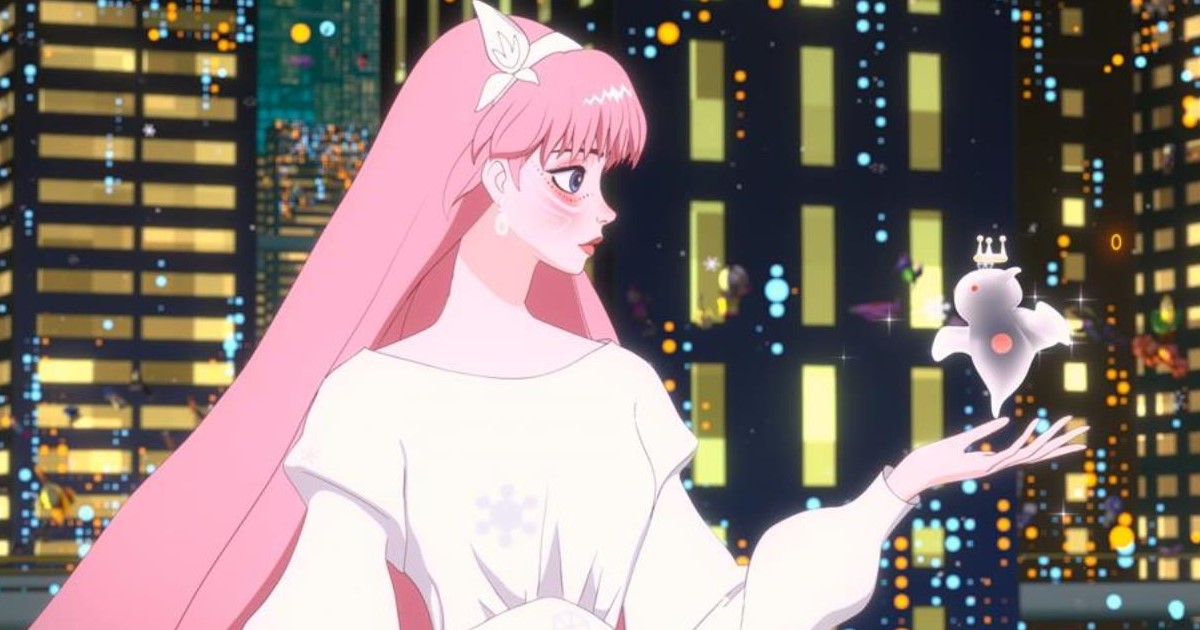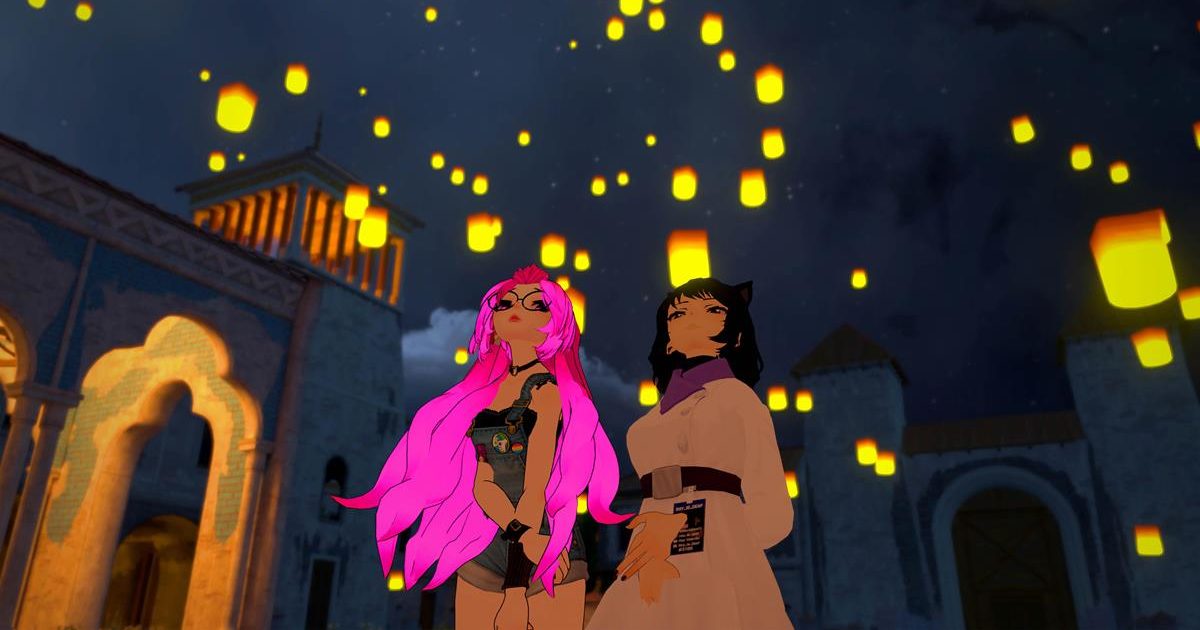
For VR to reach the critical mass needed to convince a mass market, it needs an accessible — which means affordable — playground. Facebook’s billion dollar Oculus buy-out now seems like one of those playgrounds but is still out of the reach of the many.
Facebook’s change of name to Meta points the company’s way forward but the real players already living in the metaverse are wary of such corporate seduction; they just want to live a life out of the bounds of a physical one.
It’s these players who are the subject of a new documentary called We Met In Virtual Reality. For director Joe Hunting, the only way of filming such a show was to shoot it within the metaverse and let the inhabitants tell their own stories.
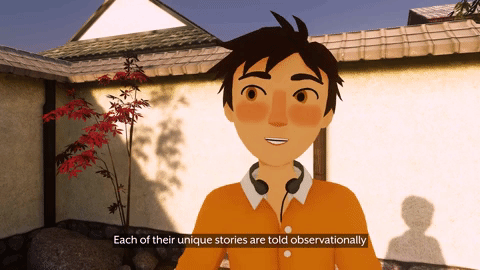
Wired commented in its review that the documentary was never meant to be a denouncement of corporate maneuvering but to act as a mirror on where this second life is at the moment; for all intents and purposes it’s a classic documentary approach.
“This isn’t a diatribe on the corporate takeover of digital spaces. Instead, it’s about showcasing the people in the small progressive communities that have built social VR into what it is. We Met in Virtual Reality is also a glimpse into the burgeoning metaverse at a time when folks needed it most.”
READ MORE: We Met in Virtual Reality Is the Best Film From the Metaverse (Wired)
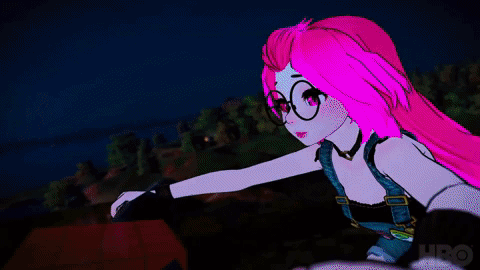
Hunting started making his film inside of Social VR in 2018, he told Filmmaker Magazine, and his timing was perfect for witnessing the catalyst that the pandemic accorded to this burgeoning trend.
“It was obvious to me that the experimental works I was already creating had huge potential to invent a new form of immersive global filmmaking, inside social VR,” he said. “The beauty of this film is that I didn’t have to change my course, I just had to trust the concept and my solid virtual production methods.
“Social VR is a constantly changing, fluid place aesthetically, so I had a freedom to play in different forms while keeping to real world cinematic techniques to ground each of the protagonists’ distinct tones and stories.”

READ MORE: “The Experimental Works I Was Already Creating Had Huge Potential to Invent a New Form of Immersive Global Filmmaking” | Joe Hunting, We Met in Virtual Reality (Filmmaker Magazine)
ALSO ON NAB AMPLIFY:
As Hunting stated in a Q&A with Filmmaker Magazine, not changing his course meant relying on his existing documentary instincts. He trained his virtual camera on a range of activities, including pool games, dances and educational classes to tell the stories of a number of couples who met in VR during the COVID-19 lockdown.
“The visual direction of the documentary is very handmade, with a distinct camera presence, which I wanted to have personal control over to retain an intimate sensibility with the camera’s relationship to the subjects.
“Logistically, the film is pioneering new virtual camera technology inside social VR, which I trained myself to operate over a year. This form of cinematography is in its infancy.”
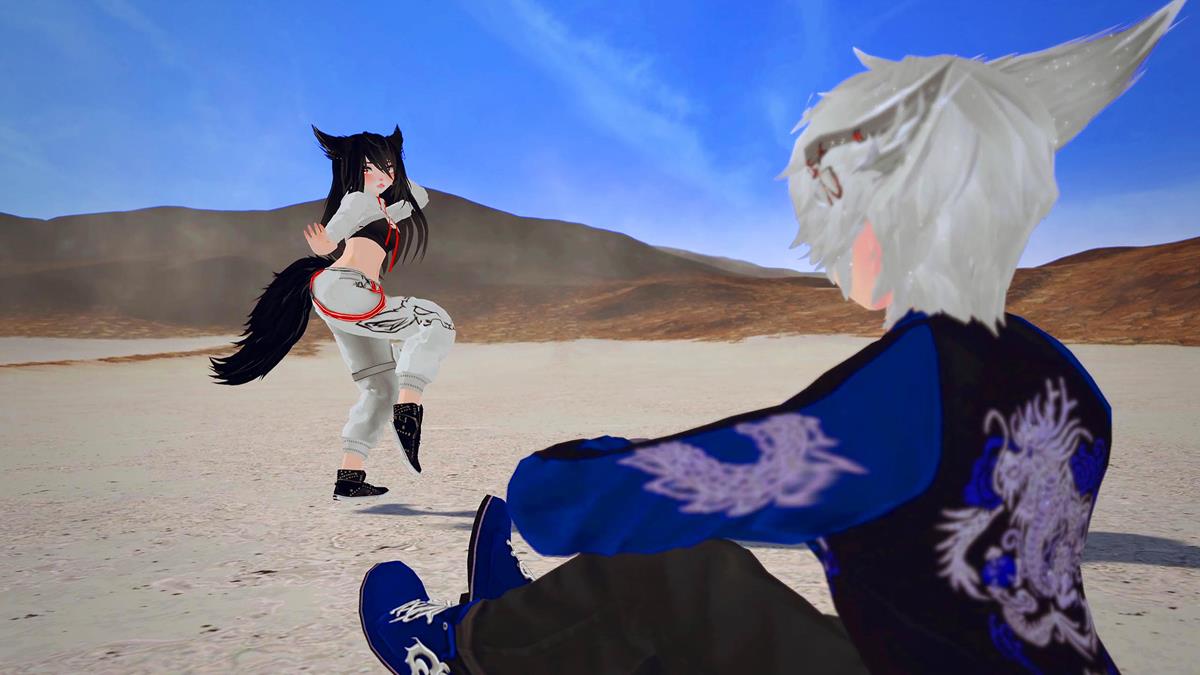
Hunting shot the entire documentary inside VRChat using VRCLens, a cinematic-quality virtual camera filter system created specifically for VRChat. He wanted to achieve a grounded sense of presence and realism inside virtual reality, with the intent to lead audiences into a natural watching experience on par with films shot in the physical world.
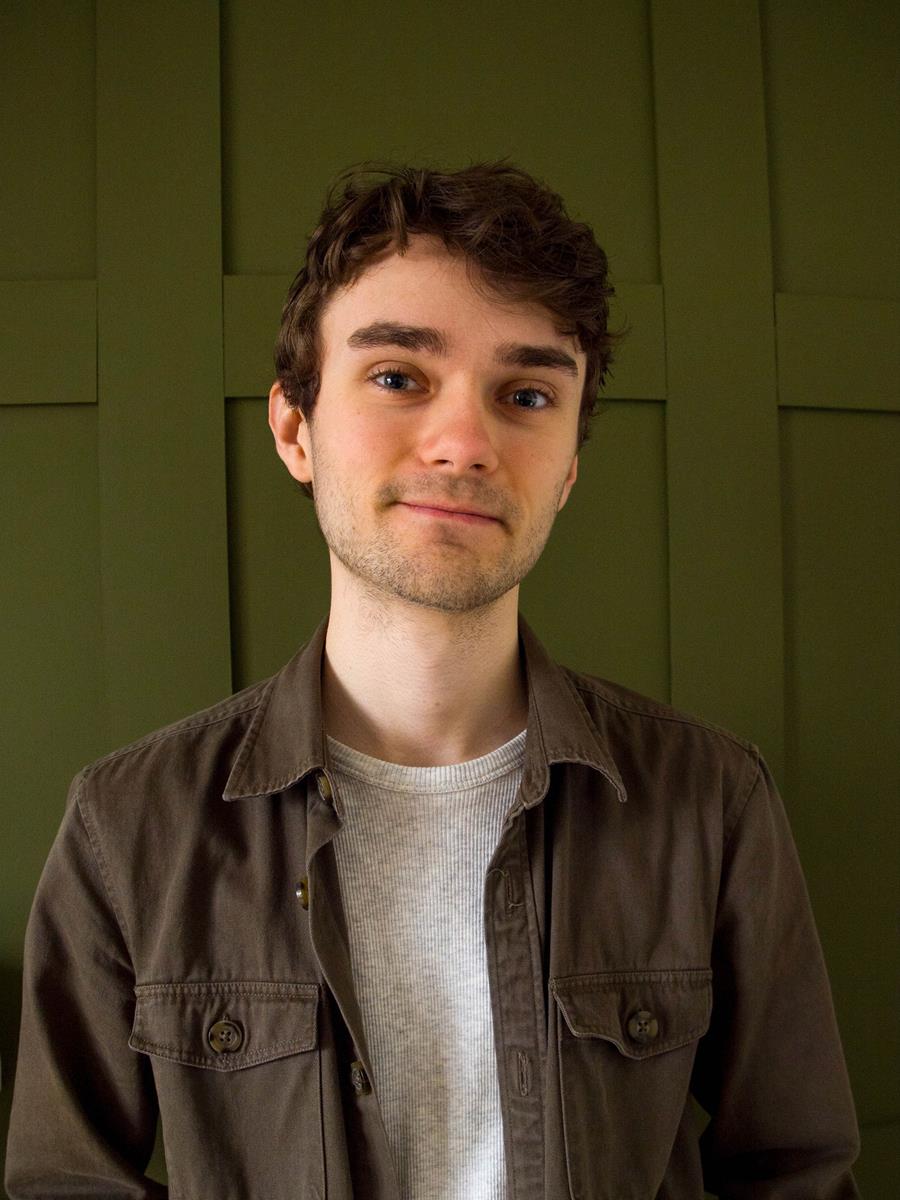
“The realization to direct through a realist lens came from the desire to represent the people of VR as the people see each other and speak from a place other than the outside looking in,” he says.
But practically, what was the capture of the VR footage like? “The biggest challenge with the cinematography was creating naturalistic movement. People inside VR move extremely fast and unpredictably, so ensuring I was wholly listening to a moment and directing subjects to physically move in their spaces rather than using controllers was a constant concern.
“The aesthetic of social VR is naturally disjointed and confusing, so embracing imperfection was important to me when overcoming hurdles like movement. Getting physically comfortable to shoot in VR for over 4 hours was a challenge too!”
READ MORE: “It Was Important to Me That VR Felt Like a Euphoric and Cozy Place to Be”: DP Joe Hunting on We Met in Virtual Reality (Filmmaker Magazine)
There are no visual effects in We Met in Virtual Reality; everything seen is actually happening in the virtual world. The film was heavily color corrected and graded in post the same as a physical documentary would have been. “The color of the final picture is much more vibrant and warm compared to the raw material, as it was important to me that VR felt like a euphoric and cozy place to be,” Hunting said.
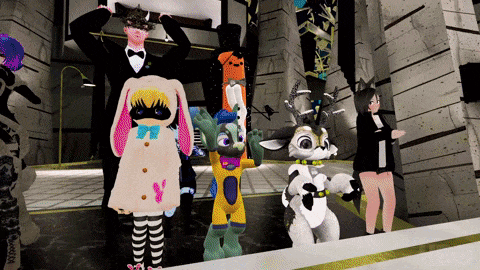
The lighting of a scene was dependent on the virtual world Hunting was shooting in, which constantly varied. “The only situations I really exploited light artistically were when using real-time shadows to build the sense of realism and to help define movement in dance.
“The most difficult scene to shoot was capturing multiple New Years celebrations in VR. It was very easy to get lost in the hilarity you can expect from a massive VR party, but I overcame feeling overwhelmed by focusing on capturing still compositions and patiently embracing the chaos instead of avoiding it.”
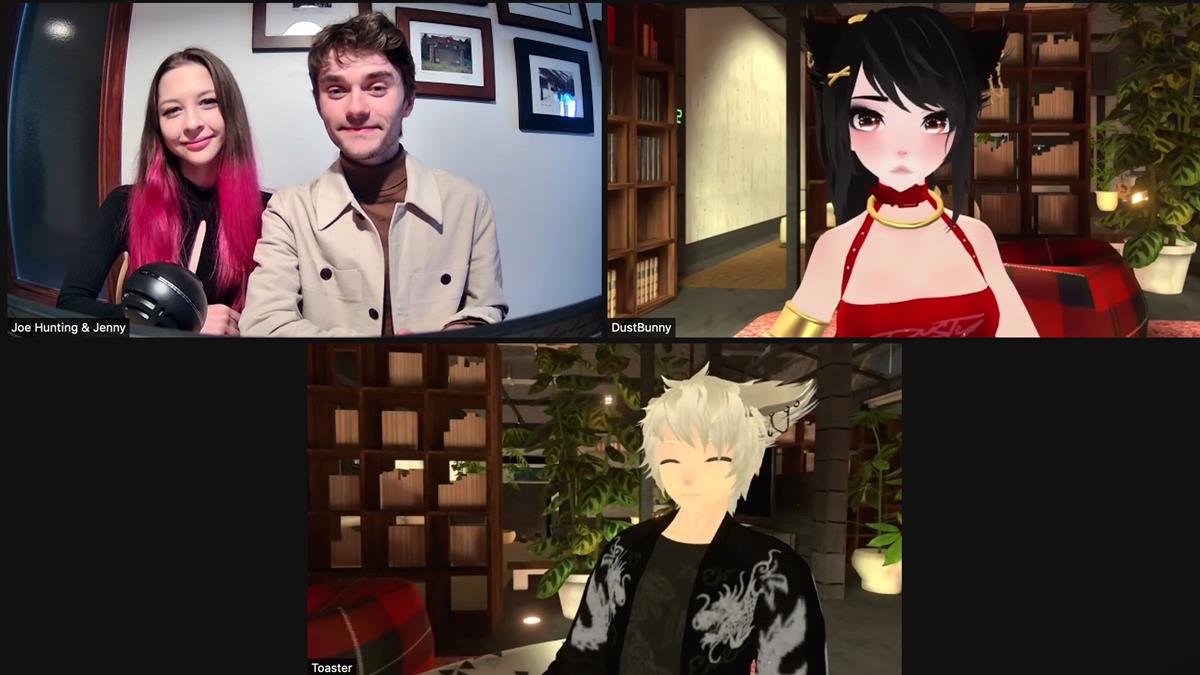
Hunting’s goal, then, was to show “what being present in VR is truly like.” People discuss deaths in their families, struggles with addiction, and identity. If ever there was an argument for virtual reality still being reality, this is it. Hunting’s film makes the case that all those dreamers who envision a digital world that brings people together might be on to something.


